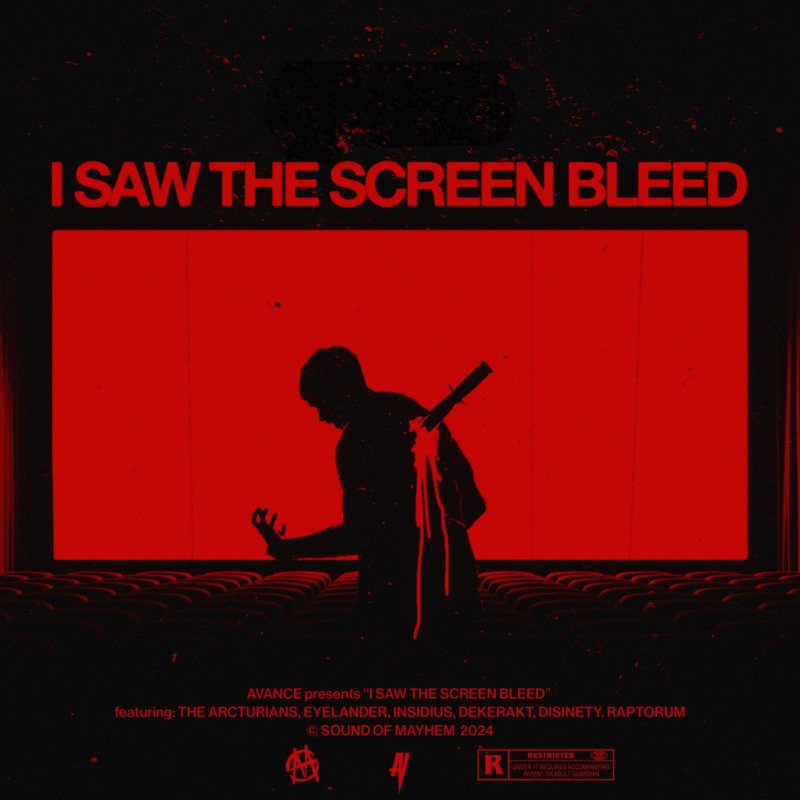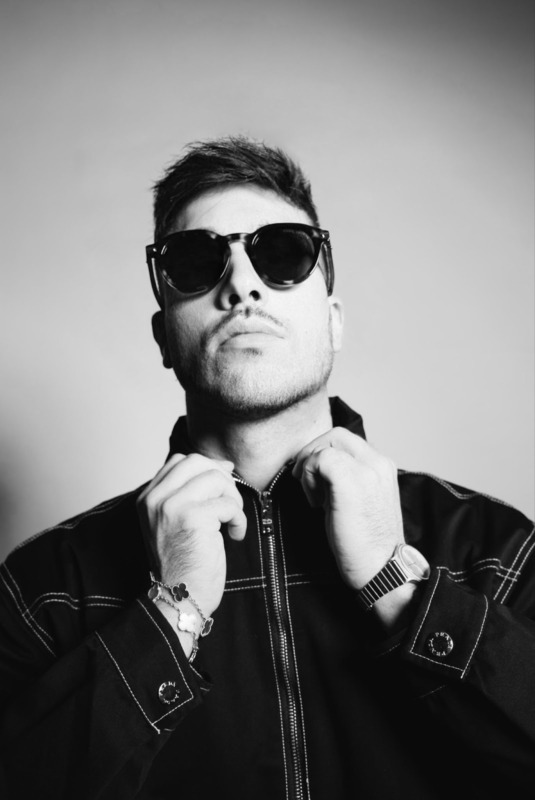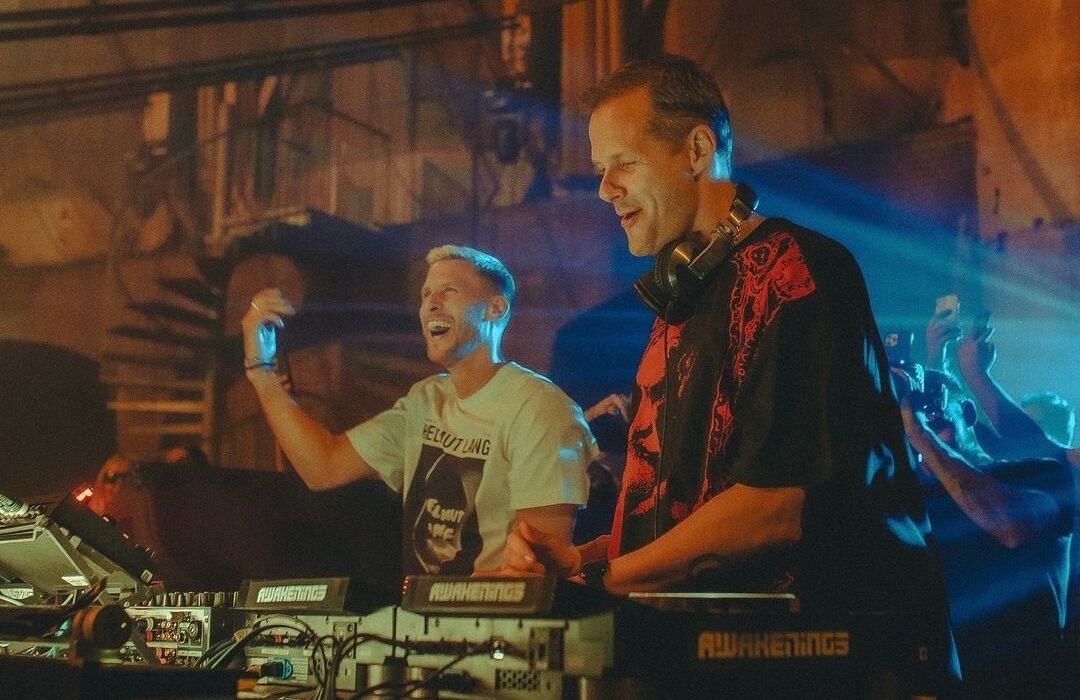When you think of Sanrio anime, you likely think of the many series starring Hello Kitty. Most of these shows feature cute slice-of-life adventures or re-tellings of classic fairytales. However, Sanrio has branched out into other genres several times, including moving into the lucrative Boys' Love genre. While the Sanrio Boys project sounds strange on paper, it is a fascinating part of Sanrio's history.
Sanrio Boys started in 2015. However, it didn't begin life as an anime. It actually started as a social media campaign. Franchises like Uta no Prince-sama had been making waves on social media by having their official accounts run by one or more of the franchise's characters, so Sanrio decided to copy this with their @Sdan_sanrio Twitter account. Sanrio wanted to tap into the teenage girl market, especially those who may have loved Sanrio as kids but now wanted something more grown-up -- in 2015, the Boys' Love genre was the hot thing for that demographic. So, rather than having Hello Kitty or another mascot run the Twitter profile, Sanrio gave the job to a cadre of cute anime boys.
The brand launched with five Sanrio Boys, each one promoting and representing a Sanrio character. The initial five boys represented the mascots Pompompurin, My Melody, Hello Kitty, Little Twin Stars and Cinnamoroll. The account featured both advertisements and illustrations of the boys doing everyday things, making it like a cross between an Alternate Reality Game and a real-time comic book.
The boys proved so popular that the brand quickly expanded. In 2016, two manga began serialization. Sanrio Danshi: Oretachi, Seishun, Hajimemashita followed the boy's daily life and was serialized on the Manga One app. Sanrio Danshi: Oretachi, Koi, Hajimemashita followed one of the boys as he dated a girl, and it was serialized in Sho-Comi magazine. Both manga were released in collected forms. 2016 also saw the launch of the Sanrio Danshi: Watashi, Koi wo, Shirimashita dating sim on mobile phones, which quickly reached the top of the download charts and netted a dedicated player base.
Both of these did well enough for the series to get an anime adaptation in 2017. This 12 episode series was produced by Pierrot and was simulcast on Crunchyroll in the US. It followed Kouta Hasegawa, a boy who loves his Pompompurin stuffed animal and anything Pompompurin themed. When he goes to a new school, he tries to hide this part of himself, worrying that other people will judge him for being into something so feminine. However, he soon finds other boys in the school who also love Sanrio characters, and together they try to enrich each other's lives and help spread positivity and joy around their school.
When the first episodes were released, critics were very impressed with the series. As, while it hit all of the Boys' Love tropes one would expect from the genre, it used them in a surprisingly heartfelt and creative way. Kouta's struggle was easy to empathize with, especially for people who've found themselves having to hide an interest or hobby that falls outside of traditional gender roles. This, mixed with some well-timed comedy and some snappy dialogue, made the first half of the show feel like much more than a quick commercial for Sanrio-branded goods. Alas, the show quickly went downhill in the eyes of critics, with the second half treading water and feeling more like a blatant Sanrio ad as time went on.
However, while critics soured on the show, fans still enjoyed it, and once the show ended, the brand continued in the form of a stage play called Miracle☆Stage Sanrio Boys that ran until the end of 2018. Today, the @Sdan_sanrio account is still posting updates from the characters and promoting new Sanrio Boys merchandise.
While Sanrio Boys didn't reach the popularity of Sanrio's other mascots. It is still an interesting footnote in the company's history. It is the perfect example of how Sanrio constantly reinvents itself and expands in new directions to keep itself fresh and appeal to new, emerging demographics. In many ways, you could point to projects like Sanrio Boys as the start of a trend that would later blossom into the current V-Tuber boom.
About The Author

